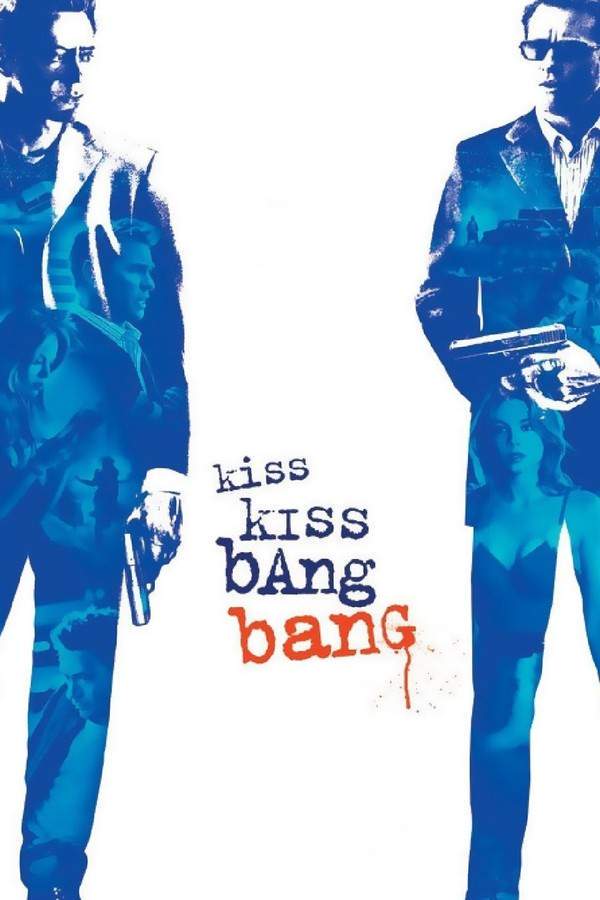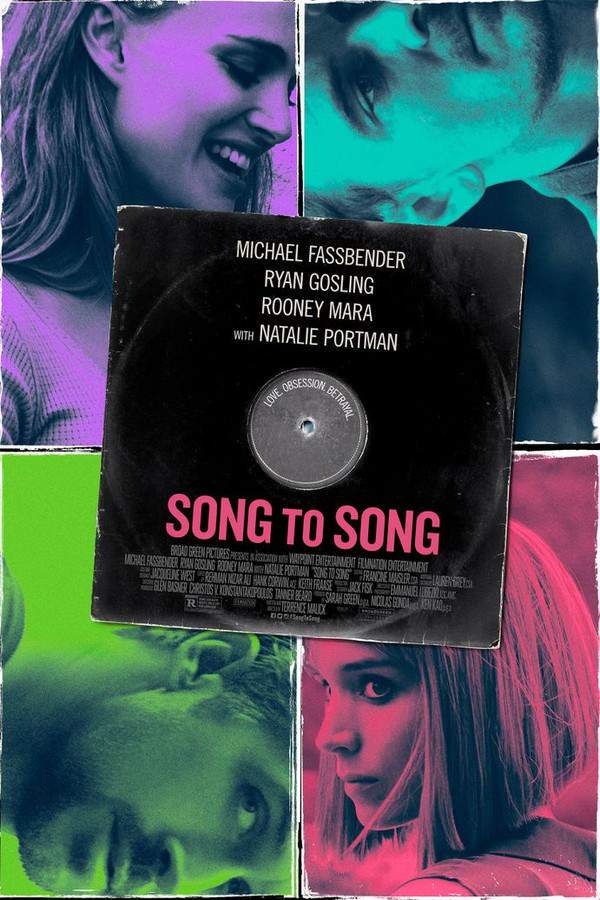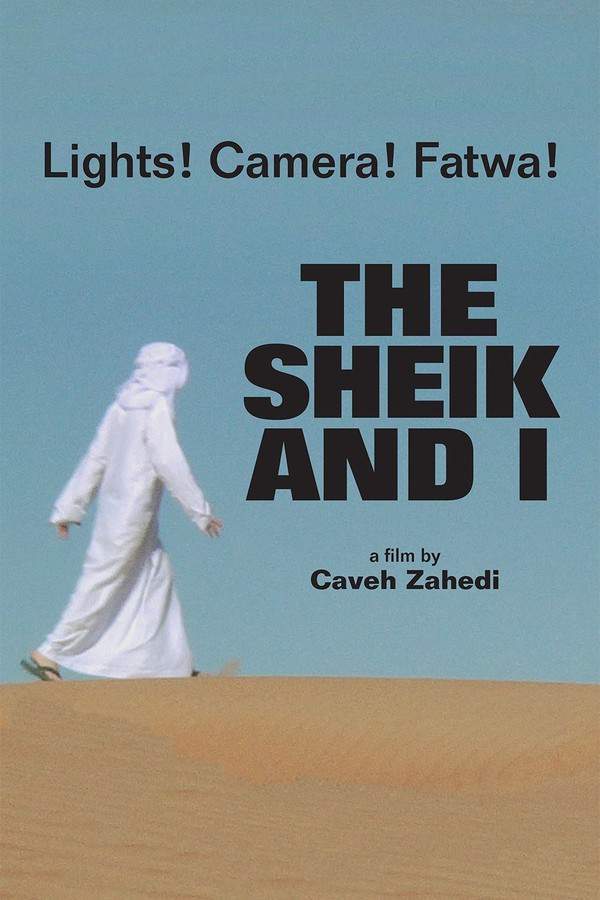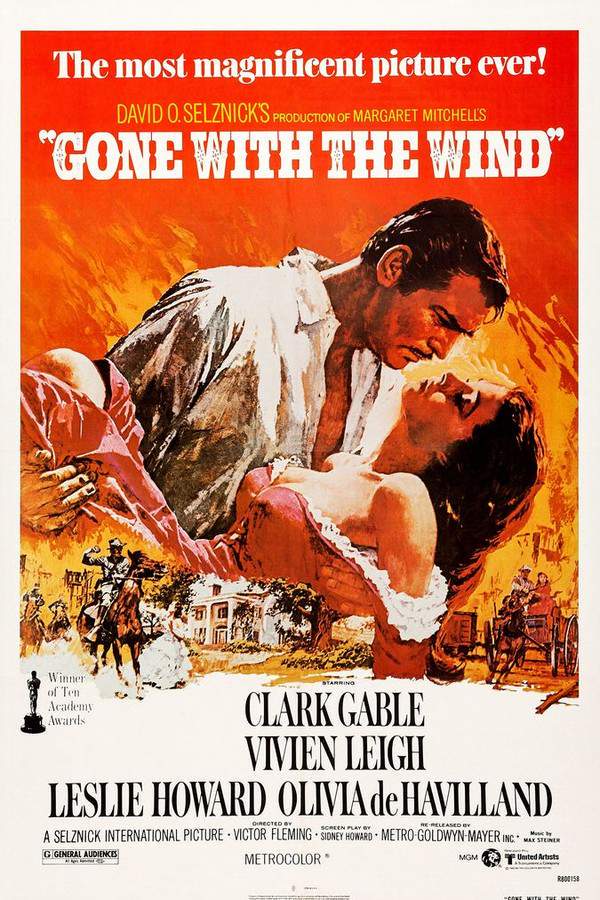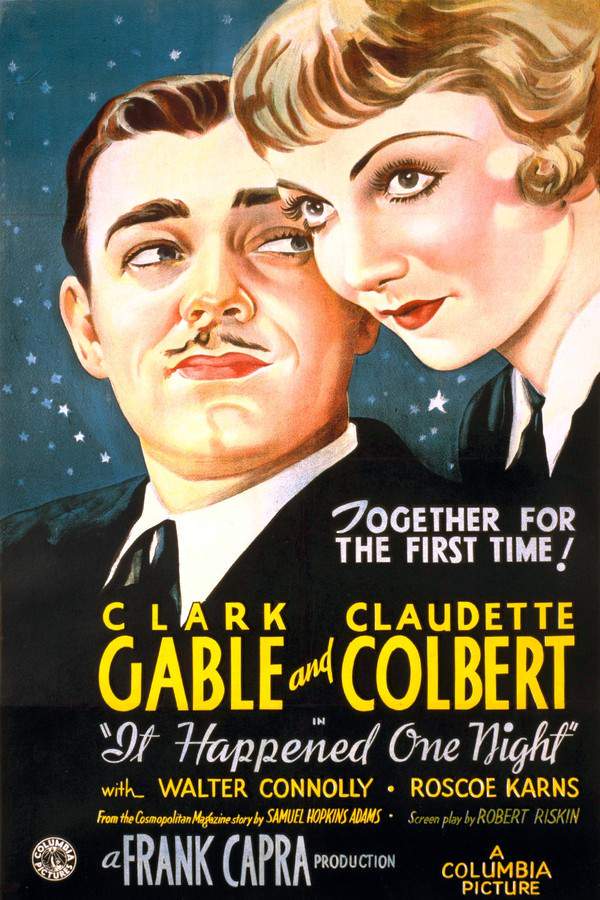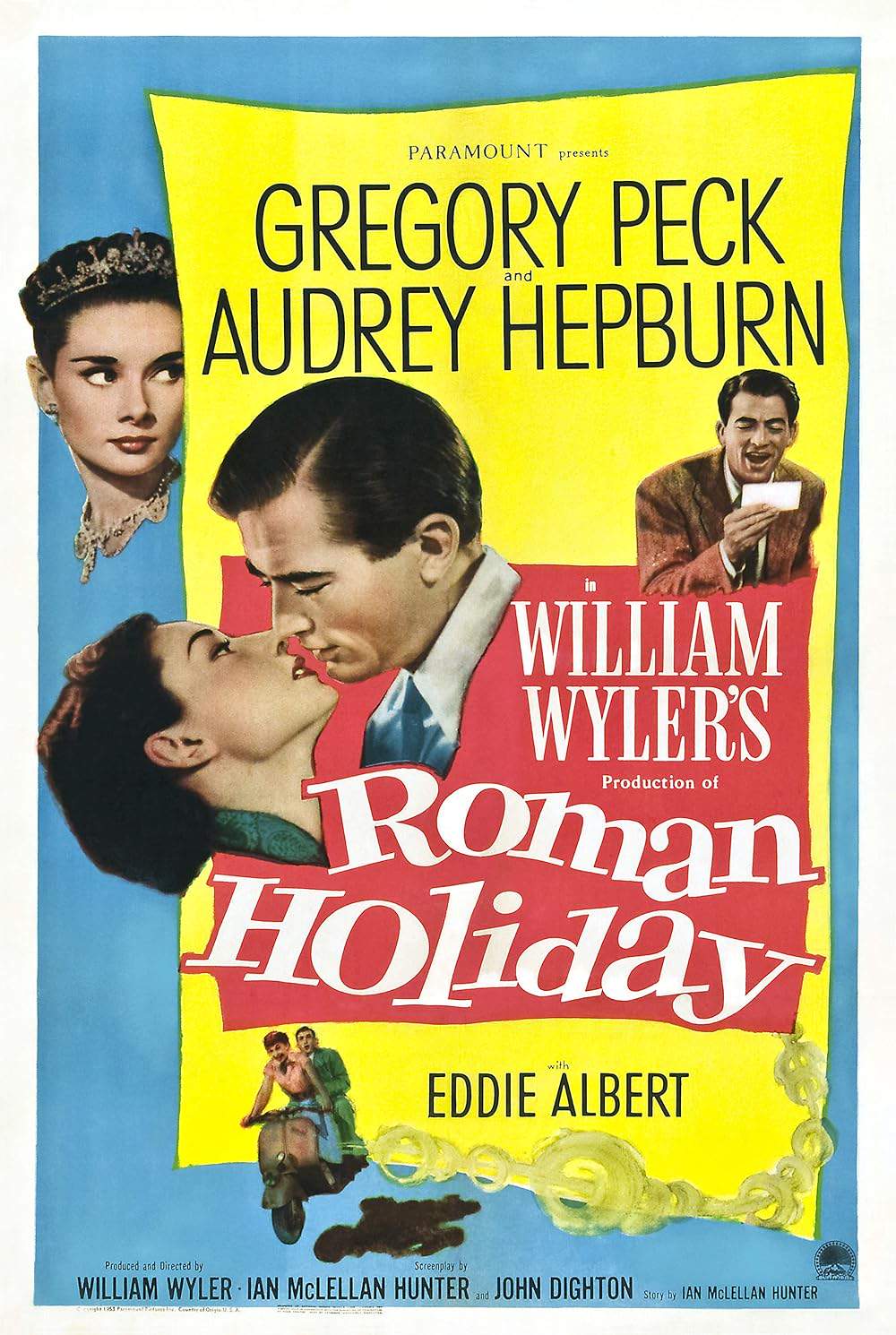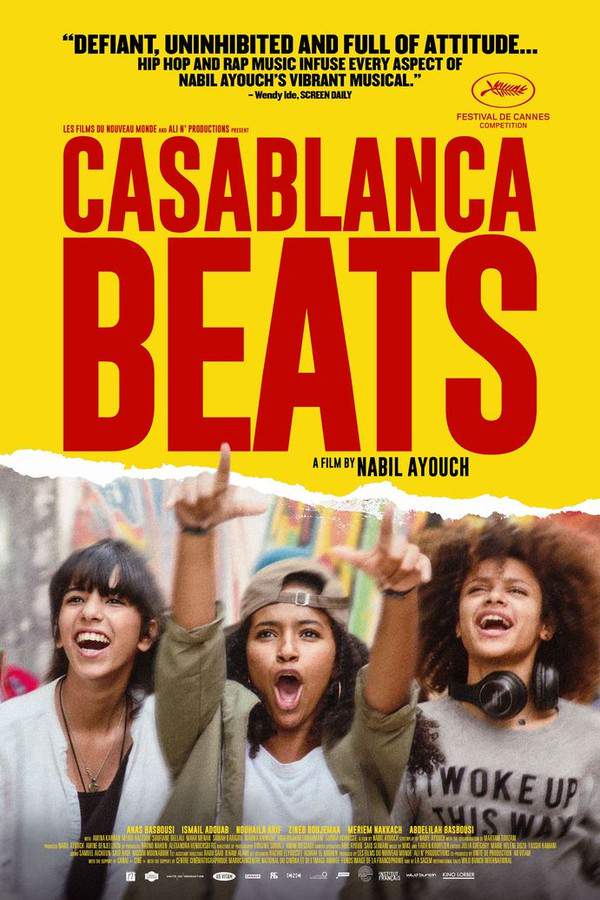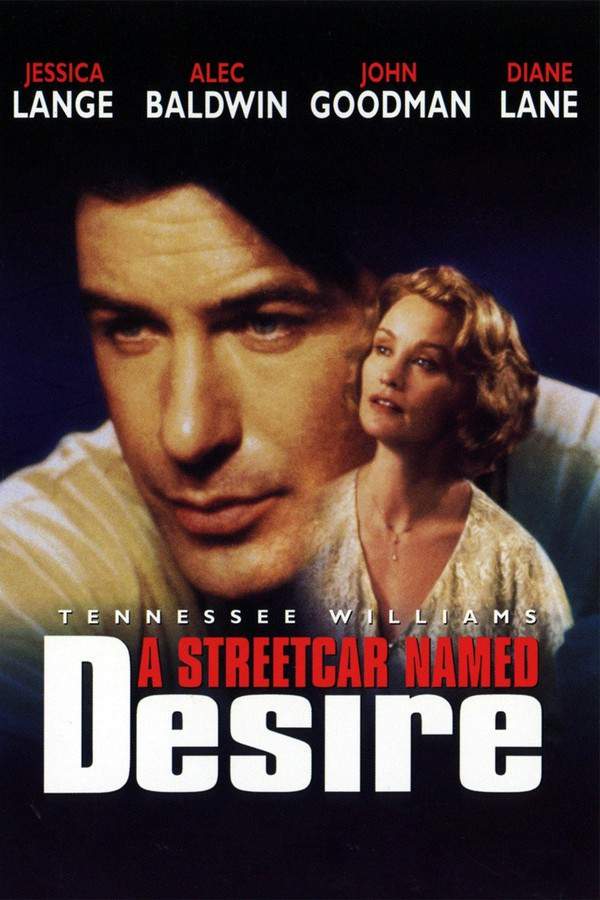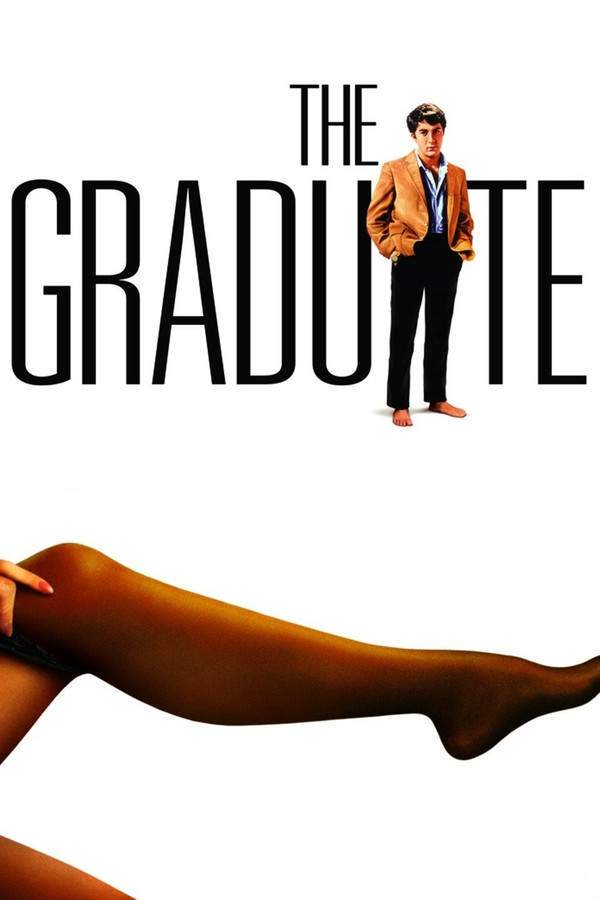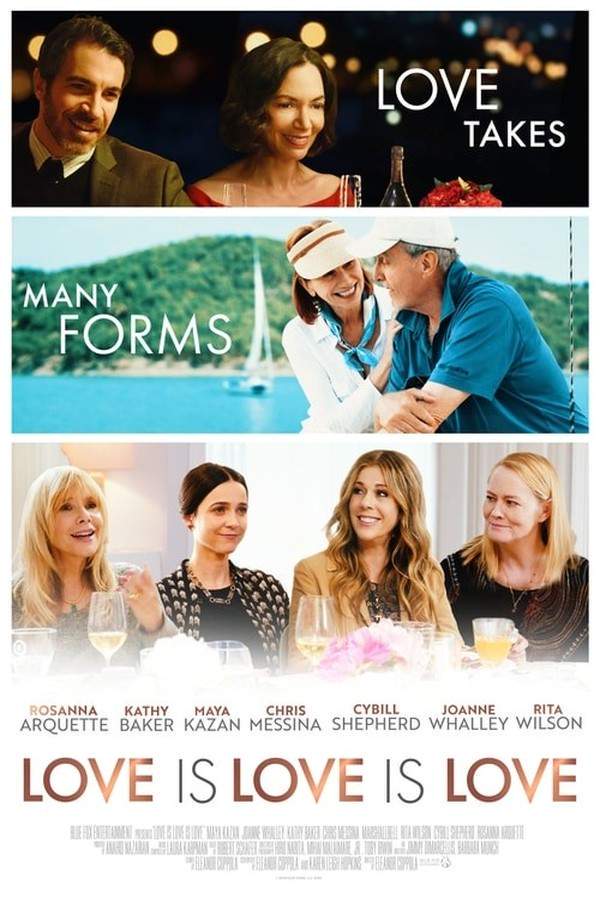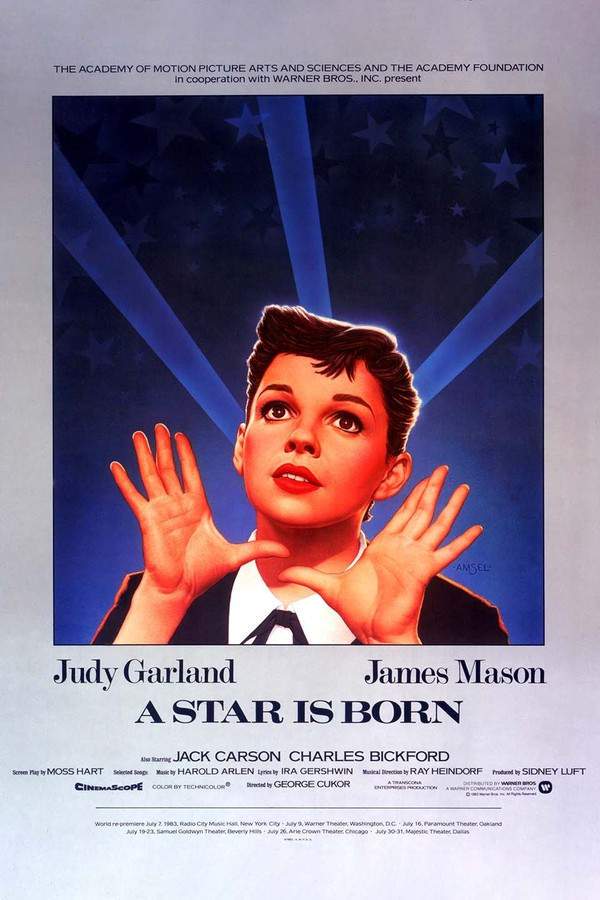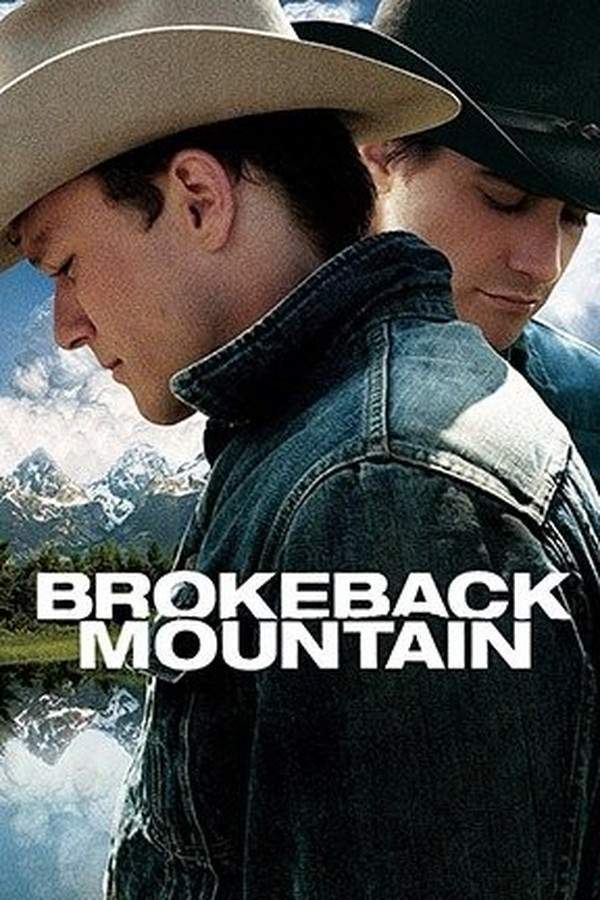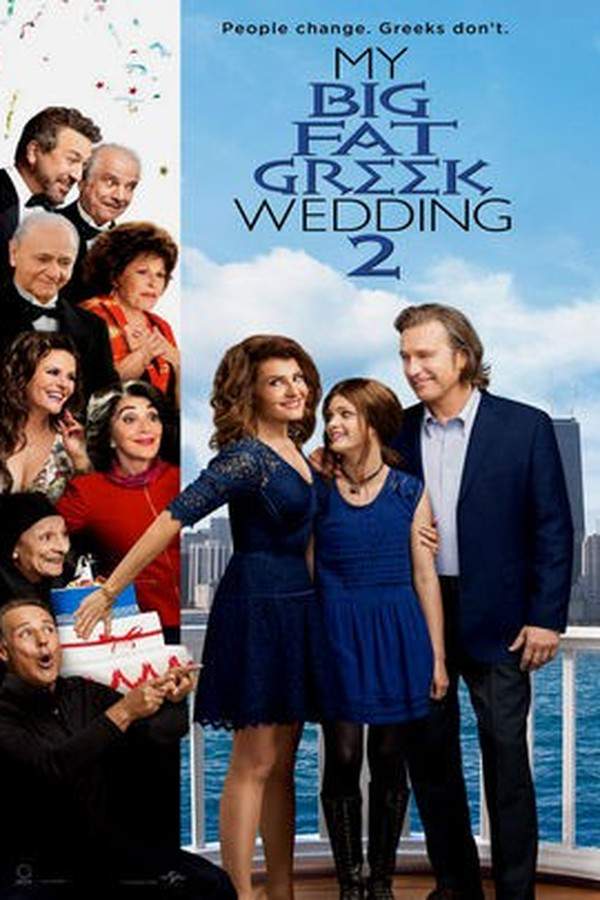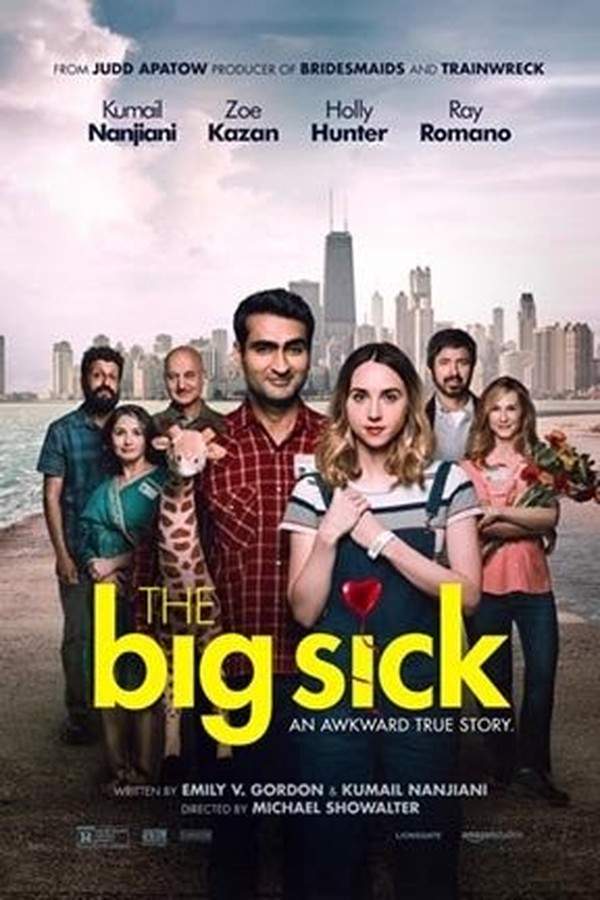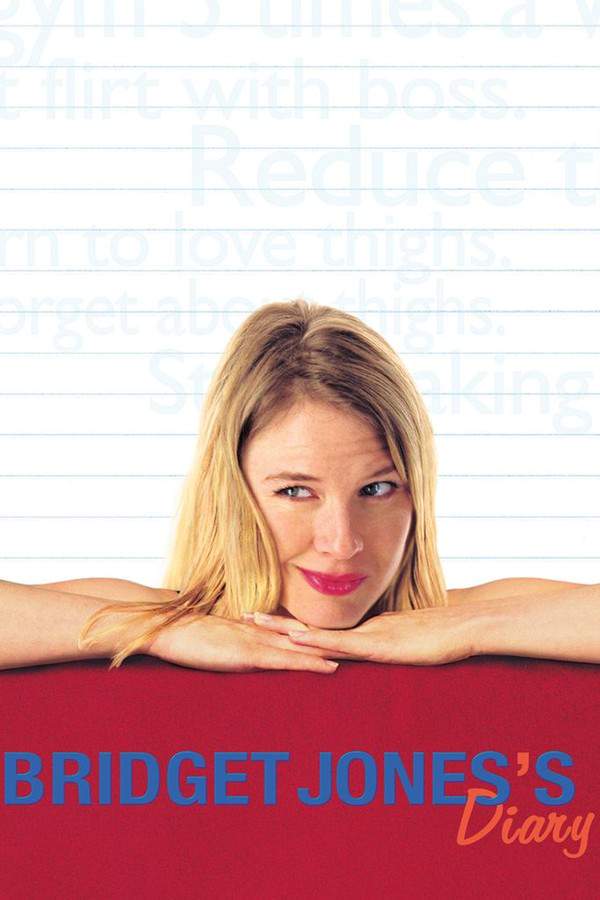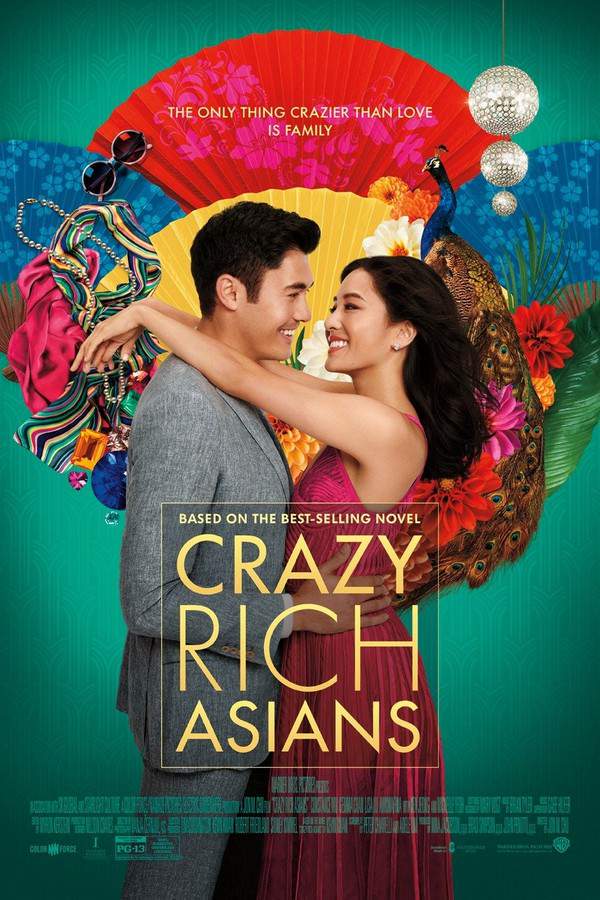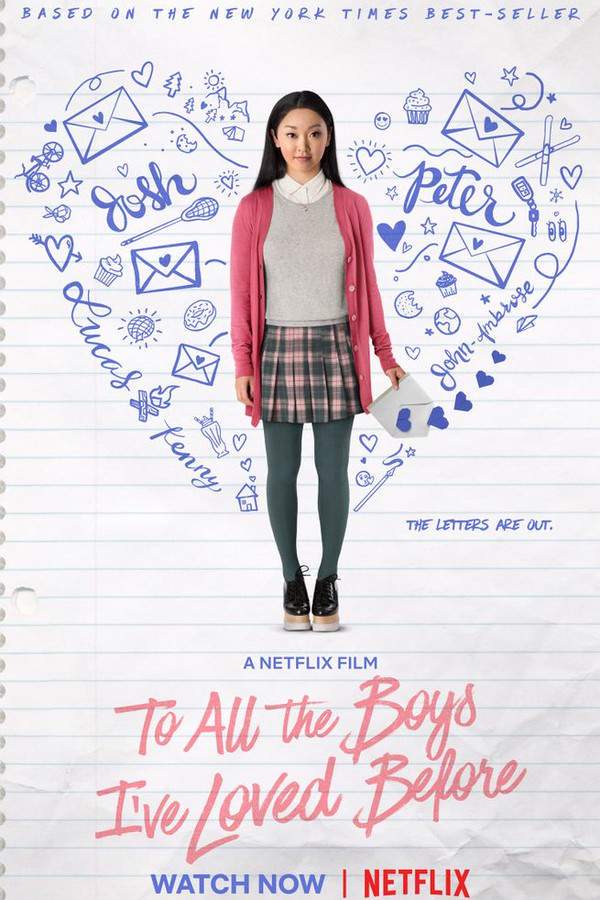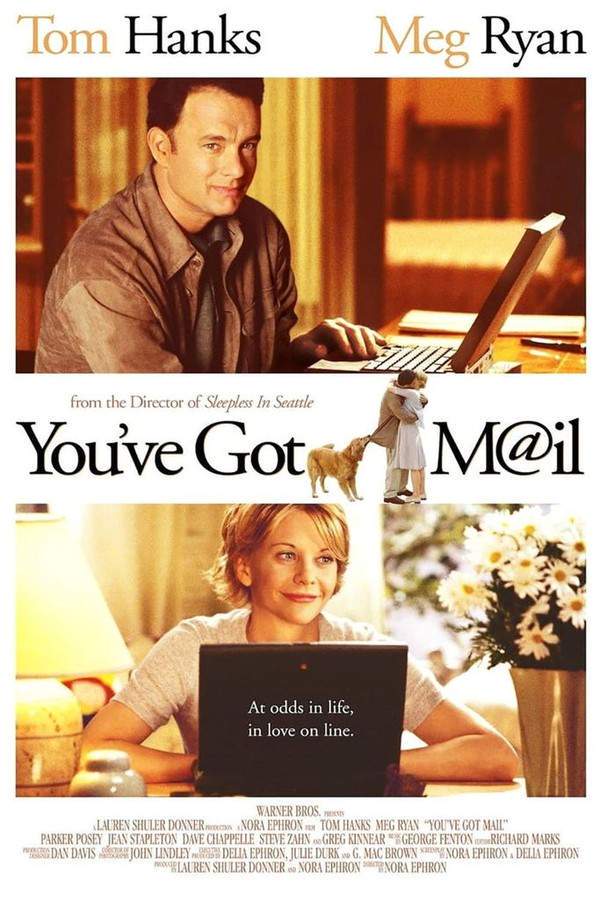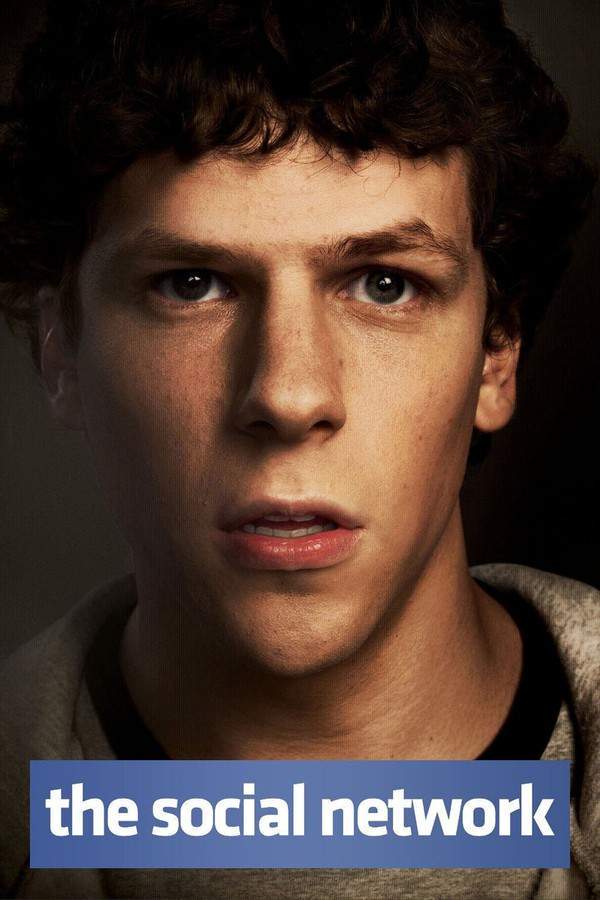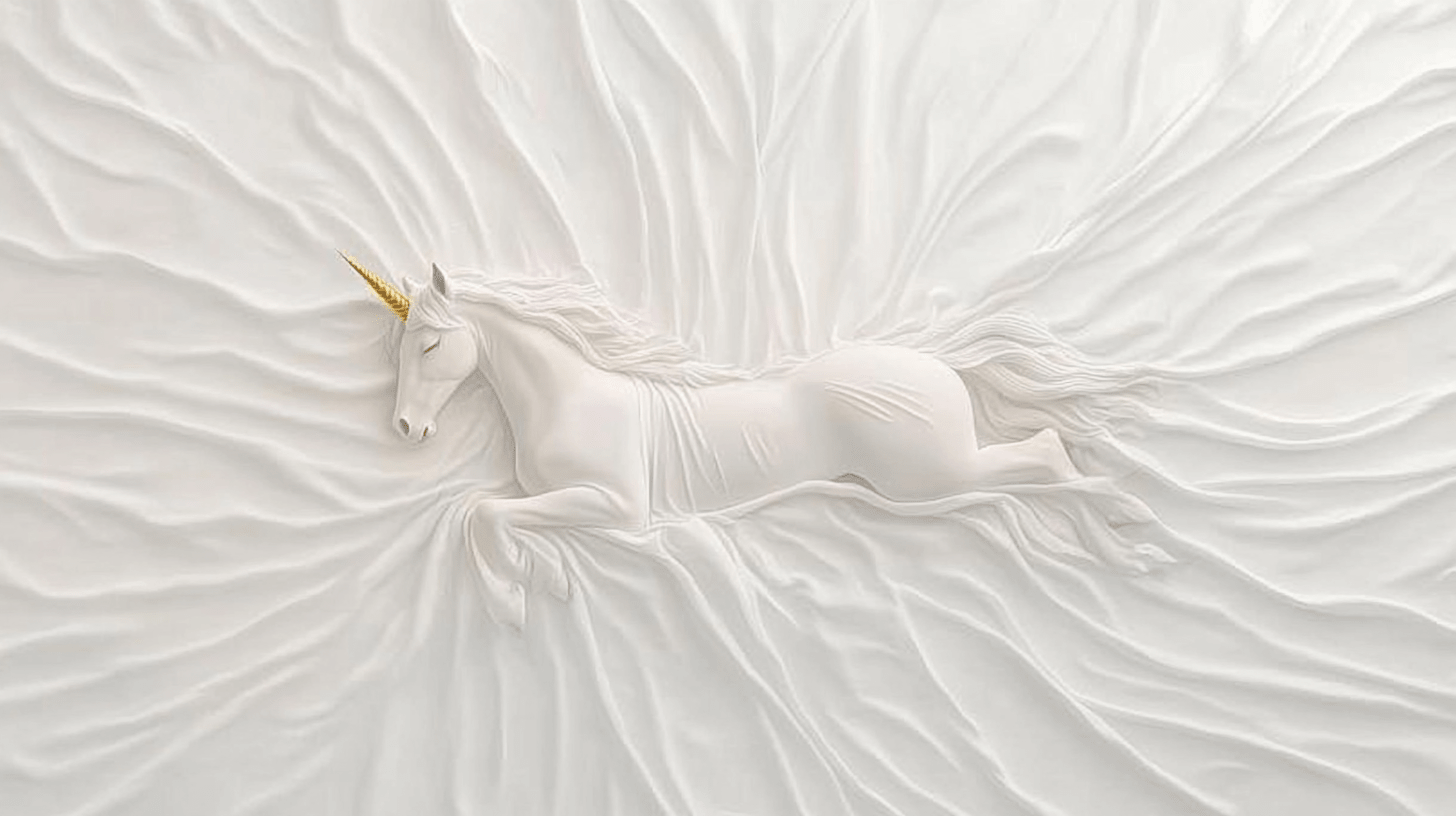What's After the Blog?
History • Culture
The Evolution of Romantic Films: Past to Present
Explore the captivating journey of romantic films from their early days to the present, highlighting their evolution, cultural impact, and future trends.
June 12, 2024

Movies mentioned in this article
The Evolution of Romantic Films: Past to Present
Introduction
The world of cinema has witnessed a multitude of genres capturing the essence of human emotions, but perhaps none have resonated as deeply as romantic films. These films, with their heartwarming narratives and captivating love stories, have been a staple of the cinematic experience, evolving through different eras to reflect societal changes and artistic innovations. From the black-and-white classics to modern-day blockbusters, romantic films have not only entertained but also influenced our perceptions of love and relationships. This evolution mirrors the cultural and technological shifts over the decades, offering a unique lens to view the changing dynamics of romance and storytelling.
The Early Days of Romance in Cinema
The genesis of romantic films can be traced back to the silent film era, a period marked by its lack of synchronized sound but rich in visual storytelling. In these early days, filmmakers were challenged to convey emotions purely through visuals, a task that they accomplished with remarkable ingenuity. The silent era gave us some of the first instances of romantic storytelling in film, setting the stage for a genre that would continue to evolve and captivate audiences for over a century.
One of the earliest examples of a romantic film is the 1896 short film, The Kiss. This film, lasting only a few seconds, features a couple kissing and is widely considered to be the first romantic film ever made. Despite its simplicity and brief duration, The Kiss was groundbreaking, demonstrating the power of cinema to capture and convey intimate human emotions. This short film not only paved the way for romantic narratives in cinema but also showcased the potential of film as a medium to reflect and amplify the most profound human experiences.
As the silent era progressed, filmmakers began to experiment with more complex romantic narratives. One notable film from this era is Sunrise: A Song of Two Humans (1927), directed by F.W. Murnau. This film is a masterful example of silent cinema’s ability to convey deep emotional and romantic themes without the use of dialogue. Sunrise tells the story of a married farmer who falls under the spell of a city woman who convinces him to drown his wife. The film is a powerful exploration of temptation, redemption, and the resilience of love, showcasing the emotional depth that silent films could achieve.
Another significant film from the silent era is The Sheik (1921), starring Rudolph Valentino, one of the first cinematic sex symbols. The Sheik played a pivotal role in shaping the romantic hero archetype in cinema. Valentino’s portrayal of the passionate and exotic Sheik Ahmed Ben Hassan captivated audiences and set the standard for romantic leads in the years to come.
These early romantic films were instrumental in establishing the conventions of the genre. They relied heavily on visual expressions of love, such as longing glances and tender gestures, to convey the emotion and drama of romantic relationships. The absence of spoken dialogue in these films meant that music played a crucial role in setting the tone and mood of the love story. Orchestral scores and piano accompaniments were used to heighten the emotional impact of the scenes, effectively communicating the unspoken feelings between characters.
The early days of romance in cinema were not just about the stories being told, but also about how these stories were told. The silent era’s limitations in technology and sound were overcome by the filmmakers’ creativity and their ability to visually narrate compelling love stories. This era laid the foundation for the romantic films that followed, setting the stage for a genre that would continue to evolve and capture the hearts of audiences around the world.
The Golden Age of Hollywood Romance
The Golden Age of Hollywood, spanning from the late 1920s to the early 1960s, marked a significant evolution in the romantic film genre. This era is characterized by its glamorous stars, sophisticated storytelling, and the transition from silent to sound films. The introduction of sound brought a new dimension to romantic films, allowing for witty dialogues, memorable quotes, and the integration of musical elements that would become synonymous with the genre.
One of the most iconic romantic films of this era is Gone with the Wind (1939). This epic historical romance set against the backdrop of the American Civil War and Reconstruction era is renowned for its sweeping narrative, complex characters, and its portrayal of a tumultuous love story between Scarlett O’Hara and Rhett Butler. The film’s famous line, “Frankly, my dear, I don’t give a damn,” delivered with Clark Gable’s signature charm, has become one of the most famous quotes in movie history.
The 1940s and 1950s saw the rise of romantic comedies, or “rom-coms,” a subgenre that blended humor with heartwarming love stories. Films like It Happened One Night (1934) and Roman Holiday (1953) exemplify this trend. _It Happened One Night, with its witty banter and charming storyline, set the standard for future romantic comedies. In contrast, Roman Holiday offered audiences a fairy-tale romance set in the picturesque city of Rome, further romanticizing the idea of love found in the most unexpected places.
Another significant development during the Golden Age was the melodrama, which explored more serious and complex aspects of love and relationships. Films such as Casablanca (1942) and A Streetcar Named Desire (1951) are prime examples of romantic dramas that delved into themes of lost love, desire, and moral dilemmas. _Casablanca, in particular, with its iconic line, “Here’s looking at you, kid,” and the unforgettable love triangle at its core, remains a timeless classic.
The Golden Age of Hollywood was not only about the stories on screen but also about the stars who brought these stories to life. Actors like Humphrey Bogart, Audrey Hepburn, and Elizabeth Taylor became synonymous with romantic films, their on-screen personas often blending with their real-life romantic escapades, further blurring the lines between reel and real romance.
Romance in the Age of New Hollywood
The 1960s and 1970s, known as the New Hollywood era, marked a significant shift in the film industry. This period was characterized by a departure from the traditional studio system and an embrace of more innovative, daring, and socially conscious storytelling. Romantic films during this era reflected these changes, moving away from idealized love stories to more realistic and sometimes cynical portrayals of romance.
One of the era’s most influential films is The Graduate (1967). This film, with its groundbreaking narrative, explored the themes of youthful disillusionment and the complexities of romantic and sexual relationships. The ambiguous relationship between Benjamin Braddock and Mrs. Robinson, along with the film’s iconic ending, challenged conventional romantic tropes and resonated with a generation experiencing cultural and social upheaval.
Another significant film from this period is Annie Hall (1977), directed by Woody Allen. This film is often credited with redefining the romantic comedy genre, introducing a more introspective and conversation-driven style. Its realistic portrayal of the joys and pains of a relationship, combined with witty dialogues and an unconventional narrative structure, set a new standard for romantic films.
The New Hollywood era also saw the rise of romantic dramas that dealt with more serious themes. Films like Love Story (1970) and A Star is Born (1976) explored themes of tragedy, illness, and the darker aspects of love and fame. These films, with their emotional depth and dramatic narratives, offered a more nuanced and sometimes sobering look at romance and relationships.
This era’s romantic films often reflected the societal changes of the time, including the sexual revolution, the feminist movement, and a growing sense of individualism. The portrayal of relationships became more diverse, and the narratives more reflective of the complexities of modern love. The New Hollywood era was a time of experimentation and change in cinema, and its impact on the romantic genre is still felt in the films of today.
Modern Romance and the Diverse Narratives
The late 20th century and the early 21st century marked a new phase in the evolution of romantic films, characterized by diversity in storytelling and representation. This period saw the expansion of romantic narratives to include a broader range of experiences, reflecting the changing dynamics of society and relationships. Modern romantic films began to explore themes beyond the traditional heteronormative love stories, delving into stories of diverse cultures, sexual orientations, and unconventional love tales.
One of the defining films of this era is Brokeback Mountain (2005), a groundbreaking film that challenged traditional norms by portraying a complex and emotional love story between two men. This film’s portrayal of a same-sex relationship in a mainstream romantic drama was a significant step in the representation of LGBTQ+ narratives in cinema. Brokeback Mountain’s poignant storytelling and powerful performances not only earned critical acclaim but also initiated conversations about inclusivity and representation in romantic films.
Another trend in modern romantic films is the exploration of multicultural relationships and cross-cultural narratives. Films like My Big Fat Greek Wedding (2002) and The Big Sick (2017) showcase love stories that transcend cultural barriers, highlighting the universality of love while celebrating cultural differences. These films offer a refreshing take on romance, blending humor and heartfelt moments, and have resonated with audiences globally for their authentic portrayal of cross-cultural dynamics.
The modern era also saw the revival of the romantic comedy genre with films like Bridget Jones’s Diary (2001) and Crazy Rich Asians (2018). These films, while adhering to some of the traditional rom-com tropes, brought a contemporary twist to the genre, resonating with a new generation of audiences. The success of these films highlighted the enduring appeal of romantic comedies and their ability to adapt to changing times.
The rise of digital streaming platforms has also played a significant role in the evolution of romantic films. Platforms like Netflix have produced original romantic content, such as To All the Boys I’ve Loved Before, catering to a younger, digital-savvy audience. These platforms have provided a space for more diverse and innovative romantic stories, reaching a wider audience and further diversifying the genre.
The Future of Romantic Films
As we look to the future, the romantic film genre is poised to continue its evolution, reflecting the ever-changing landscape of human relationships and societal norms. The increasing emphasis on diversity and representation, both in front of and behind the camera, suggests that future romantic films will continue to explore a wide range of experiences and perspectives.
The integration of technology in storytelling is another aspect that will shape the future of romantic films. With advancements in virtual reality and augmented reality, filmmakers have new tools to create immersive and interactive romantic narratives. These technologies offer the potential for audiences to experience love stories in a more engaging and personalized manner, opening up new possibilities for the genre.
The rise of global cinema has also influenced the evolution of romantic films. With more films from different cultures gaining international recognition, the future of romantic cinema is likely to be more inclusive and globally oriented. Films like Parasite (2019) and Roma (2018), while not strictly romantic films, have demonstrated the global appeal of diverse storytelling. This trend suggests that romantic films will increasingly draw on a variety of cultural narratives, enriching the genre with new perspectives and stories.
In conclusion, the future of romantic films holds immense possibilities. As society continues to evolve and embrace a wider spectrum of love stories, the genre is expected to adapt and flourish, offering audiences new and exciting ways to experience the timeless theme of love.
Romantic Films and Technology: The ATM Perspective
In the contemporary landscape of cinema, technology plays an increasingly pivotal role in shaping the narrative and consumption of romantic films. The advent of digital cinematography, sophisticated CGI, and advanced sound design has transformed how stories are told, allowing filmmakers to create more immersive and visually stunning romantic narratives. Additionally, the rise of streaming platforms has revolutionized how audiences access and engage with romantic films, offering a plethora of choices at their fingertips. This shift has not only broadened the audience base but also allowed for more niche and diverse romantic stories to find their place in the sun.
A key player in this technological revolution is platforms like ATM (What’s After the Movie), which have enhanced the movie-going experience by providing detailed information about films, including romantic genres. With features that allow users to discover if a movie has end credit scenes, along with other vital information such as film descriptions, revenue, actors, directors, ratings, and summaries, ATM has become an indispensable tool for movie enthusiasts. The platform’s ability to provide these insights helps viewers make informed choices and deepens their engagement with the films they watch.
One notable example of technology enhancing romantic storytelling is seen in films like Her (2013). This film, set in a near-future world, explores the unconventional relationship between a man and an AI system, showcasing how technology can be intertwined with romantic narratives. The film’s use of visual effects and its imaginative portrayal of a futuristic world exemplify how technological advancements can be used to tell new kinds of love stories, pushing the boundaries of the genre.
Another significant aspect is the role of social media and the internet in modern romantic films. Movies like You’ve Got Mail (1998) and The Social Network (2010), though not purely romantic films, illustrate the impact of digital communication on relationships. These films highlight the evolving nature of romance in the digital age, where online interactions play a significant role in how relationships are formed and maintained.
The Future of Romantic Films
Looking towards the future, romantic films are poised to continue their evolution, reflecting and adapting to the changes in society, technology, and storytelling. The increasing emphasis on diversity and representation, both in front of and behind the camera, indicates that future romantic films will continue to explore a wide range of experiences and perspectives. This shift towards inclusivity and authenticity in storytelling will likely result in more nuanced and realistic portrayals of love and relationships.
Technological advancements, such as virtual reality and augmented reality, are set to offer new avenues for storytelling in romantic films. These technologies have the potential to create more immersive and interactive narrative experiences, allowing audiences to engage with love stories in novel and exciting ways. This could lead to a more personalized and engaging viewing experience, transforming how audiences connect with romantic narratives.
The global cinema landscape is also playing a significant role in shaping the future of romantic films. With more films from diverse cultures gaining international recognition, the romantic genre is likely to become more inclusive and globally oriented. This trend suggests a future where romantic films draw on a variety of cultural narratives, enriching the genre with new stories and perspectives.
In conclusion, the future of romantic films holds immense possibilities. As society continues to evolve and embrace a wider spectrum of love stories, the genre is expected to adapt and flourish, offering audiences new and exciting ways to experience the timeless theme of love. The integration of technology, the rise of global cinema, and the shift towards more diverse and authentic storytelling are set to redefine romantic films, making them more relevant and resonant with contemporary audiences.
Continue reading

What's After the Movie?
Not sure whether to stay after the credits? Find out!
Explore Our Movie Platform
New Movie Releases (2026)
Famous Movie Actors
Top Film Production Studios
Movie Plot Summaries & Endings
Major Movie Awards & Winners
Best Concert Films & Music Documentaries
Movie Collections and Curated Lists
© 2026 What's After the Movie. All rights reserved.

